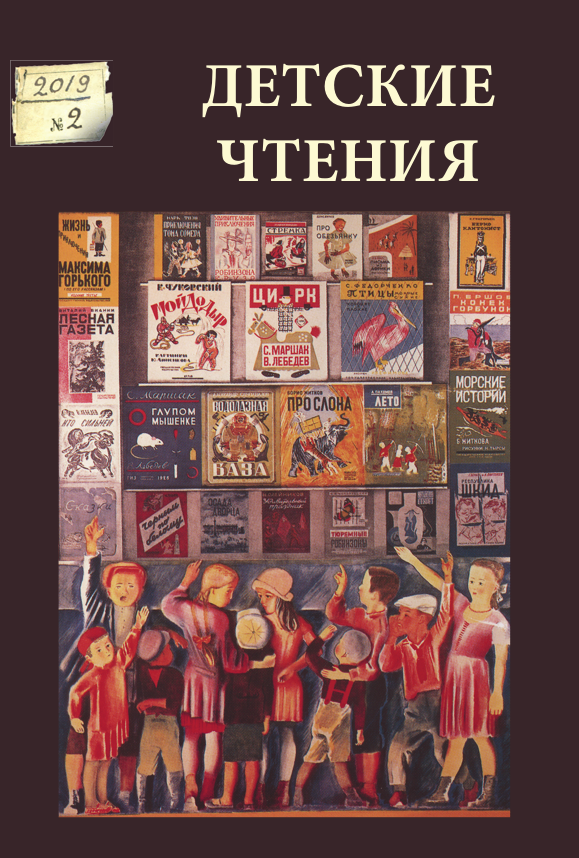Аэроплан вместо крестика, или Как работать глазу
DOI:
https://doi.org/10.31860/2304-5817-2019-2-16-8-25Аннотация
Вступление к архивному блоку «Оптический поворот и детская книга в раннесоветской России» предлагает сжатый обзор идей, мер, тенденций и институтов, которые сыграли ключевую роль в формировании нового визуального ландшафта в России за полтора десятка лет после революции. Поворот к оптике был вызван вполне прагматическими причинами: в своем воздействии на массовую аудиторию зрительный образ оказывался гораздо эффективнее печатного слова. Уникальность
ситуации, однако, заключалась в том, что формирование визуального языка в данном случае оказалось в руках высокопрофессиональных художников. Общая установка художественного авангарда на изменение условий жизни (а не правил искусства) реализовалась в рамках
разнообразных жанров «искусства дня», призванных решать «задачи момента». Детская книга стала составной частью этого процесса формирования новой визуальной реальности, новых визуальных приемов и новой «графической грамоты». Тексты ведущих участников оптического поворота, включенные в архивную подборку, призваны показать спектр мнений и напомнить о ключевых установках, которые и определили ход развития иллюстрированной советской книги для детей.
Ключевые слова: визуальность, педагогика, иллюстрация, книжка-картинка, графическая грамота.







